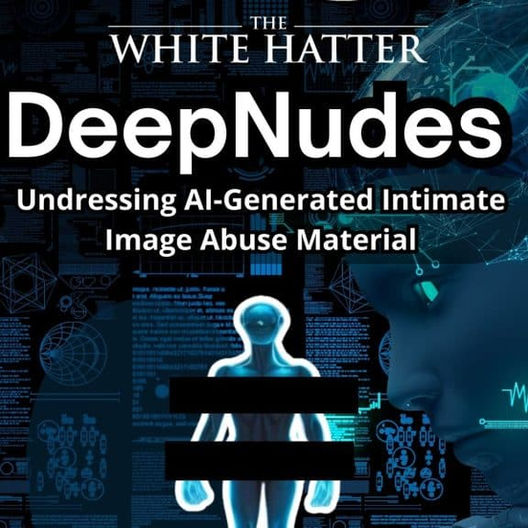Tech Bans: Are We Aiming Our Arrows At The Right Target? - Rethinking Our Approach!
- The White Hatter

- Apr 30, 2024
- 3 min read
Updated: May 7

In today's onlife world, the ubiquitous presence of smartphones, technology, and social media platforms has become a prominent concern, especially for parents navigating the complexities of raising tech-savvy youth. It's a debate that often pits parents and schools against young people for their apparent problematic use of technology. But let's pause and consider – “are we aiming our arrows at the right target?”
The impulse to ban cellphones and social media in schools or at home is understandable. Concerns about the detrimental effects on mental health, academic performance, and social interactions are valid and warrant our attention. However, by resorting to bans, are we truly addressing the root cause of the issue, or are we inadvertently punishing youth, while allowing the tech giants to continue reaping the financial benefits? We would suggest that this is exactly what tech bans will do. As an example, last year Harvard University did a study that found social media platforms made 11 billion dollars in ad revenue from minors (1)
It's essential to understand that merely banning access to technology won't eliminate its appeal to young people; instead, it will push it underground, ultimately still providing financial gain to tech companies. Throughout the ages young people have proven to be incredibly adept at finding ways to access forbidden fruits, often resorting to covert means that may expose them to even greater risks emotionally, psychologically, physically, and socially. This hidden usage not only fails to curb online less-than-desirable behaviour, but also plays directly into the hands of the very tech and social media companies that should be held accountable.
Rather than placing the burden solely on the shoulders of our youth through bans, it's time to sharpen our focus towards the tech and social media companies themselves. Instead of bans (easy to do), we should advocate for “reasonable” legislation that compels these companies to prioritize safety and responsibility on their platforms (not so easy to do). However, the dark force of campaign financing that these companies can offer is strong when it comes to lobbying politicians to not enact meaningful legislation!
The concept of "safety by design platforms" is a poignant one. It calls for tech and social media companies to proactively implement features and policies that prioritize the well-being of users, especially the impressionable minds of young people. This approach goes beyond mere compliance with regulations; it requires a fundamental shift in the way these platforms are designed and operated – this is something feared by shareholders whose focus on financial profit no matter what the cost to the end user is often the goal.
Imagine platforms that are intuitively designed to promote healthy usage habits, with built-in mechanisms to deter cyberbullying, protect privacy, and limit exposure to harmful content. Envision algorithms that prioritize genuine connections over sensationalism and clickbait. Picture a digital landscape where youth can explore, learn, and connect without fear of exploitation or other harms. Sure this might be a pipe dream, but one that can be achieved - a great example of this is the company “Kinzoo”(2)
However, achieving this vision requires collaboration and accountability from all stakeholders involved – parents, educators, policymakers, and tech companies alike. Rather than engaging in a futile game of cat and mouse with our youth where parents and schools attempt to referee the use of technology through bans, let's work together to create an online environment that nurtures their onlife growth and well-being.
As parents and caregivers, it's essential to engage in open and honest conversations with our kids about the responsible use of technology. Instead of imposing blanket bans, let's empower them with the knowledge, skills, and developmentally appropriate technology to navigate the onlife world safely and responsibly - something called digital literacy. At the same time, let's legally demand more from the tech industry – not just in terms of profits, but in terms of social responsibility and ethical stewardship – the sole measure that can accomplish this is legislation imposing substantial financial penalties for failing to act when legislated to do so!
The answer to addressing youth, technology, and their use of social media lies not in bans, but in collaboration, innovation, education, and legislation. By advocating for safer, more responsible platforms, we can create a digital landscape that enriches rather than diminishes the lives of our youth. Let's work together to harness the power of technology for good, ensuring a brighter and more secure future for generations to come.
It’s all about “know” technology, rather than “no” technology!
Digital Food For Thought
The White Hatter
References:














